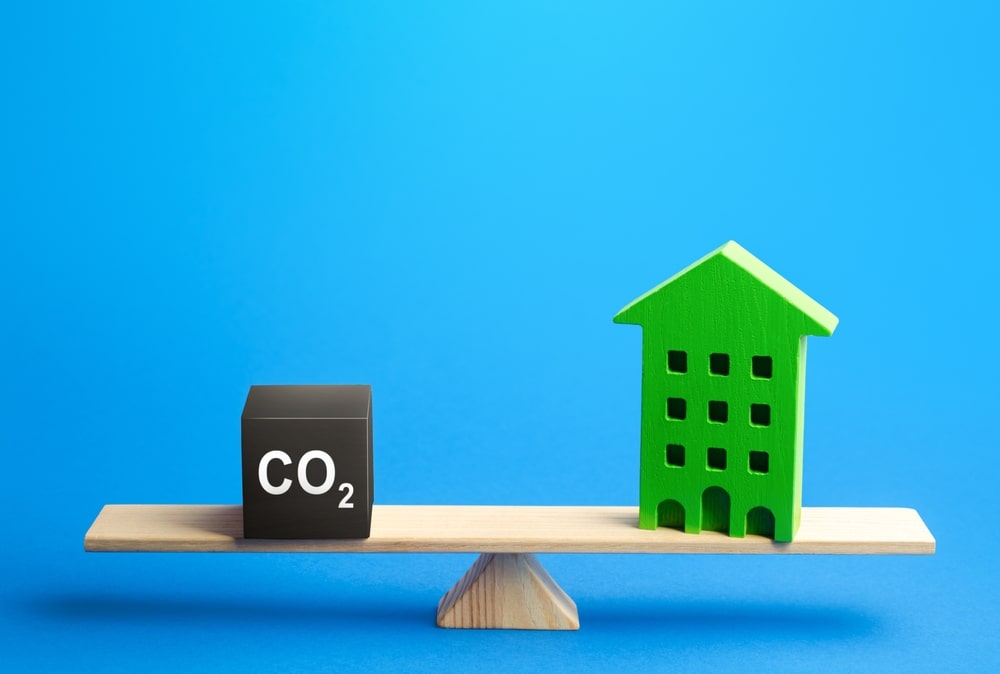Sector - Sustainability
Collaboration and Net Zero – the winning formula

As pressure mounts to achieve net zero by 2050, it is clear that the construction industry must prioritise continuous investment and collaboration to achieve it. Simon Briggs, energy lead at Stepnell, explores why the recent scrutiny over net zero progress should put even more onus on the construction sector to keep working together to find workable solutions.

Simon Briggs, energy lead at Stepnell
The construction industry has a responsibility to ensure that sustainability is achieved, especially as the sector reportedly accounts for nearly 40% of UK CO2 emissions. While progress is being made by way of modern methods of construction, low-carbon building materials and energy efficient lighting and heating options, there is no doubt that sustainability on projects requires a joined-up approach to effectively utilise these tools – all the while balancing budget, innovation and speed of delivery.
Stepnell has long known that the quality of its supply chain and good working relationships with wider delivery partners, both locally and nationally, is what will achieve the best project outcomes. Expertise can be pooled to meet sustainability targets and often in a way that bolsters social value, which is extremely important not only to boost the local economy, but also when it comes to creating education and community involvement opportunities.
In practice
One area where the construction industry can continue to add value is by prioritising a whole project approach. Avoiding a tick in the box mentality and instead opting for design, building product and installation considerations that can all work together is what will make the difference. In fact, exploring a variety of outcomes and how to achieve them can give rise to better solutions.
As an example, rather than opting for over engineered air conditioning systems, alternatives such as natural ventilation combined with solar shading on the façade could be a solution. Not only would this example help to save energy and reduce bills, but it would also help to improve wellbeing by bringing natural ventilation into a building throughout the day. In turn, this reduces the reliance on mechanical cooling, all while minimising glare and heat gain to help keep the building comfortable.
Funding
Refurbishing the UK’s existing building stock and ensuring that purpose built projects factor sustainability in mind all relies on having the funds available. For public sector projects, SALIX funding has been vital to thousands of schools, colleges, leisure centers and other public sector buildings to help reduce energy costs and be more sustainable. At Stepnell, we have worked with local authorities to help access SALIX funding and deliver projects, using our knowledge and experience to get results. Through careful planning, our teams are responsible for projecting expected carbon savings and how to achieve this – not only is this better for the environment but also financially. For example, we have been able to project savings in the region of an annual 585 tonnes of CO2, which then translates to annual projected savings of circa £350,000.
Many projects were put on hold due to the pandemic and as such funding deadlines were extended. While this flexibility was welcome, this stop start approach has undoubtedly had a knock-on effect. The impact of the pandemic can still be felt in the industry, from materials shortages caused by global supply chain issues, price increases and the growing shortage of prospective construction employees.
To help keep up with these challenges and rising costs, future funding – for both public and private sector – and an investment in skills should continue to be prioritised. Funding will stop the delay and increase the likelihood of projects happening in the first place, which when we are concerned with meeting targets should be the aim.
What else?
As well as supporting clients, the construction industry should lead by example in its own operations. Stepnell Park, a business park development that has been completely developed by Stepnell – working with our own construction team and alongside our in-house property and development arm – has sustainability at its heart. It is anticipated that once complete, 45% of the energy that is generated on the site will be from renewable energy sources. This flagship project shows the possibilities of using smart grid technology and how it can be used and distributed more efficiently.
Keeping our focus fixed on sustainability goals and never losing sight of the bigger picture is the key and, while the net zero challenge isn’t an easy one, through collaboration we stand to succeed. Together, with the right government support, backed by skilled construction partners, the future will be a more sustainable one.
If you would like to read more stories like this, then please click here
Related Articles
More Sustainability Features
- Solar on all new homes must align with 1.5 million homes target
20 Jun 25
The Government have said that solar panels will be included in the FHS, leading to installation on the vast majority of new build homes.
- The renewables revolution in the Scottish Highlands
25 Feb 25
The Highlands are at the heart of a transformative renewables revolution, poised to lead a generational shift in energy production.
- Government correct to head off Climate and Nature Bill
7 Feb 25
The ‘Climate and Nature Private Members’ Bill’, seeks to set new legally binding targets for climate and nature.






